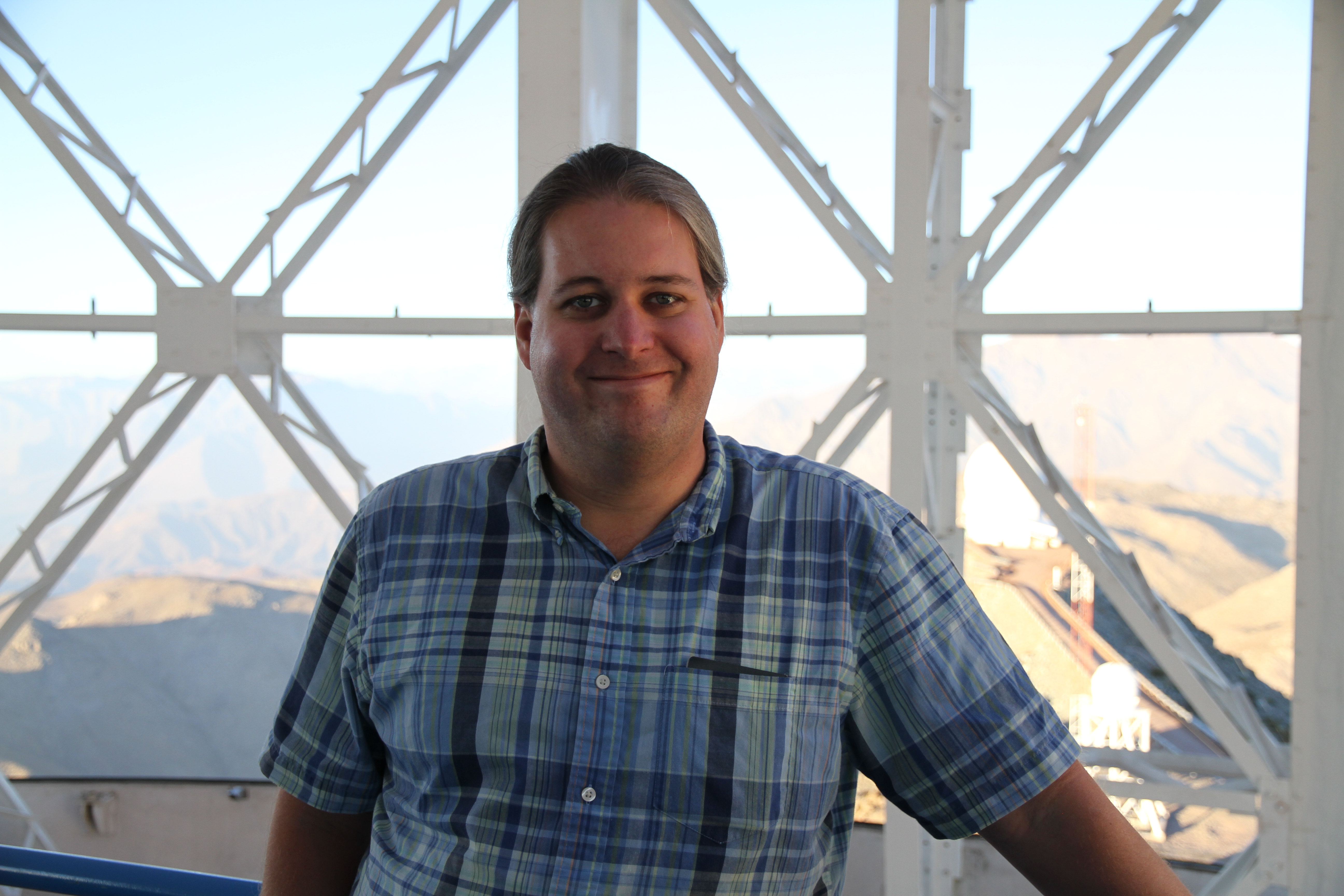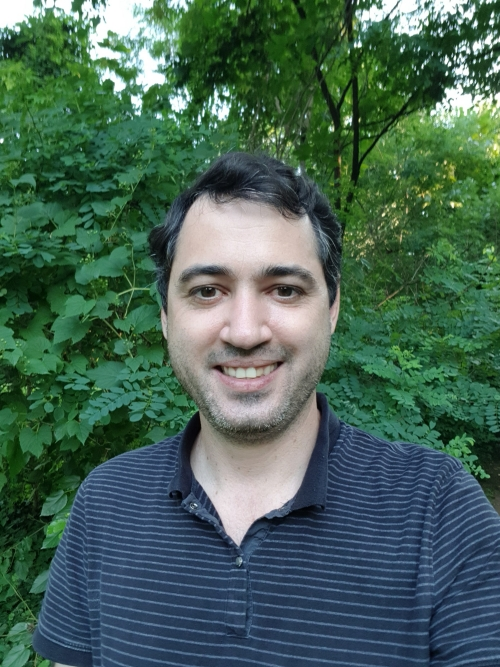|

|
Prof. Kevin Luhman
Professor
Penn State University
|
Kevin Luhman is a professor in the Department of Astronomy and Astrophysics at Penn State University. He studies the formation of low-mass stars and brown dwarfs and their circumstellar disks with an emphasis on searching for the least massive brown dwarfs.
|
|

|
Dr. Eric Nielsen
Assistant Professor
New Mexico State University
|
Eric Nielsen is an assistant professor in the astronomy department at New Mexico State University, and studies exoplanet demographics using direct imaging. As part of the Gemini Planet Imager Exoplanet Survey (GPIES), he helped carry out a direct imaging search for giant planets around 521 of the closest, youngest stars in the southern sky, and is using the results from the survey to constrain the population of wide-separation giant planets around young stars. |
|

|
Dr. Rogemar A. Riffel
Associate Professor
Federal University of Santa Maria
|
Rogemar Riffel is an associate professor in the Physics Department at Federal University of Santa Maria, Brazil. He received his Ph.D. from Federal University of Rio Grande do Sul in 2008, was Visiting Scientist at Johns Hopkins University (2019-2020) and is a junior member of the Brazilian Academy of Sciences (2019-2023). His research focuses on Active Galactic Nuclei, and their role in galaxy evolution. He has published over 140 refereed papers, 80 of them using Gemini observations, and was a pioneer in observing gas flows towards the central region of active galaxies at scales of tens to hundreds of parsecs, using optical and near-infrared integral field spectroscopy with Gemini telescopes.
|
|

|
Dr. Meg Schwamb
Lecturer
Queen's University Belfast
|
Meg Schwamb is a lecturer in the Astrophysics Research Centre (ARC) and the School of Mathematics and Physics at Queen's University Belfast (QUB) in the UK. Meg's research focuses on how planets and their building blocks form and evolve, by applying ground-based surveys to probe our Solar System's small body reservoirs and utilizing citizen science techniques to mine large planetary datasets. She also serves as co-chair of the Vera C. Rubin Observatory Legacy Survey of Space and Time Solar System Science Collaboration.
|
|

|
Dr. Nora Troja
Associate Research Scientist
University of Maryland,
College Park
|
Eleonora Troja is an associate research scientist at University of Maryland, College Park, working at NASA Goddard Space Flight Center. After completing her PhD at the University of Palermo, she moved to NASA Goddard Space Flight Center as a NASA Postdoctoral Program Fellow under the supervision of Neil Gehrels. Her main research interest is the study of gamma-ray bursts (GRBs), and in particular the connection between short duration GRBs, neutron star mergers and gravitational waves. In 2017, she used Gemini in tandem with Hubble and Chandra to observe the binary neutron star merger GW170817, leading to the discovery of the GRB afterglow. |
|

|
Ms. Kristi Webb
PhD Student
University of Waterloo
|
Kristi Webb is a fourth year PhD student at the University of Waterloo, working with Dr. Michael Balogh as part of the GOGREEN (Gemini Observations of Galaxies in Rich Early ENvironments). Her research focuses on galaxy evolution in the context of cluster vs field environments. She earned her bachelor’s degree from the University of Victoria. |
 |
Prof. Jong-Hak Woo
Professor
Seoul National University
|
Jong-Hak Woo is Professor of astrophysics at Seoul National University and currently Chair of Astronomy Department. Prof. Woo received his Ph.D. from Yale University in 2005. His research focuses on actively mass-accreting black holes and their host galaxies. He has published over 100 refereed research papers and several books.
|